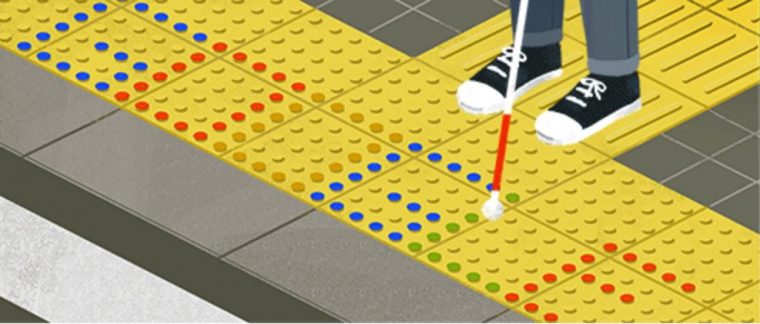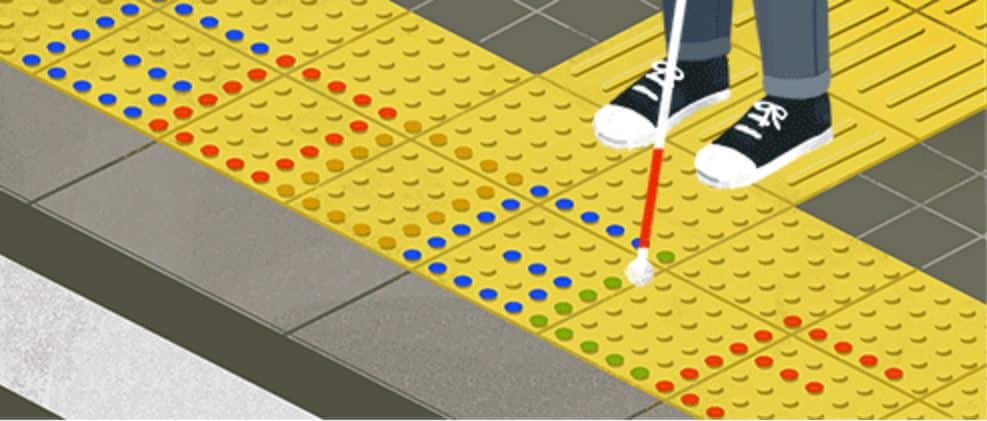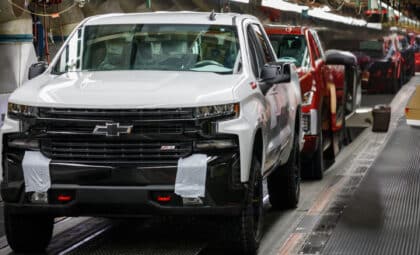
The Google Doodle on March 18, 2019 honors the 52-year anniversary of the first installation of Seiichi Miyake’s invention
Image: Google
Those of us who are not visually impaired take many conveniences for granted that don’t come easily to those who cannot see. Transportation becomes very difficult without visual faculties, even walking along the sidewalk.
Today, Google paid tribute to one man’s invention which made those Braille-like tiles to help blind pedestrians safely cross intersections. Here’s the story behind Tenji bricks, today’s Google Doodle.
Handicap-Accessible Vans: Understanding another mobility resource for those with disabilities
Who invented those bumpy pavement tiles at crosswalks?
The two types of Tenji bricks on a crosswalk in Japan
Photo: ketou-daisuki via cc/Flickr
Back in 1965, Seiichi Miyake realized how dangerous crossing a traffic intersection can be for people who cannot see. Inspired by the everyday challenges his visually impaired friend had to overcome, Miyake used his personal funds to design special tiles that alerted pedestrians when they arrived at a street crossing and needed to pay attention.
Miyake called his bumpy pavement tiles “Tenji bricks” (the Japanese word for “dot characters”) and utilized large round bumps inspired by the texture of braille. The bricks utilized two patterns: round bumps inspired by the texture of braille to alert walkers that they’d reached an intersection (known as blister paving) and elongated strips to communicate when they’d safely crossed the street (corduroy paving). Pedestrians would be able to feel these bumps with their cane, under their feet, or through trained service dogs.
The first place these tactile warning bricks appeared was in Okayama City, Japan, and over the decades, their use around the world has gradually increased. In 1990, the Americans with Disabilities Act made the presence of Tenji bricks mandatory at U.S. crosswalks so that visually impaired pedestrians can identify and safely cross intersections.
Some intersections use audio cues to alert pedestrians that they’re nearing an intersection and when it’s safe to cross, but sometimes the environment is too loud to hear those signals. Tenji bricks offer a distinct, permanent fixture on the sidewalk that catch your attention, whether you’re visually impaired or too busy looking at your phone while walking down the street to watch where you’re going.
Stay Mobile, Stay Healthy: Easy exercises for wheelchair users
Source: Google










